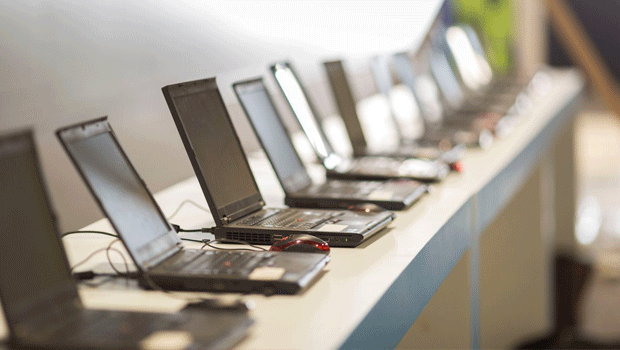
Muscat: Omanis and expatriates can take part in a national survey to plot Oman’s economic future as Tanfeedh, the National Programme for Enhancing Economic Diversification, will unveil more than 120 projects and initiatives across five sectors.
Read here: Tanfeedh organisers to unveil 121 projects to shape Oman's future
People can take part in the survey at an exhibition, which will kick off today at Oman’s new Convention & Exhibition Centre from 9am to 9pm. The exhibition will run for three days.
They will also be able to take part in the survey online.
Both Omanis and non-Omanis can participate in the survey, which will contribute to shaping the economic future of Oman, according to Talal Sulaiman Al Rahbi, deputy secretary-general of the Supreme Council for Planning.
Tanfeedh has invited the country to view the outcome of six weeks of meetings and workshops that welcomed around 78 chief executive officers and representatives from the private sector.
After taking the views of the public through the survey, Tanfeedh will announce its final report early next year. “It is an important day for all of us. We will focus on the results, projects, and initiatives,” Al Rahbi stated, adding that the three-day exhibition will be a good platform to get feedback from the community.
“Everybody who is living in Oman is welcome,” he said.
Tanfeedh started its second stage, the ‘labs phase’, in mid-September at the Institute of Public Administration in Al Khuwair.
It is part of the 9th Five-Year Development Plan (2016-2020) and has been launched in collaboration with the Malaysian government’s Performance Management and Delivery Unit (PEMANDU) to build upon the achievements of the previous plans, with a focus on targeted sectors. The targeted sectors are manufacturing, tourism, transport and logistics, mining, and fisheries.
Tanfeedh had postponed the community participation phase, which was scheduled for November 20, to November 28 as it coincided with the 46th National Day holidays. The aim of the open days is to obtain public opinion, feedback, and insights on the outcome of the labs. A spokesman also thanked everyone who supported them.
“Your collaboration has been a testimony of your effort to join and contribute to the national drive towards a diversified economy,”
he said.
The Tanfeedh programme was established as part of the 9th five-year plan to meet Oman’s diversification aspirations through accelerating economic growth by 2020.
Community participation formulates the third step of the 8-step program, which began with determining the strategic intent, followed by the 6-week Labs where participants developed focused initiatives and programs with clear budgets and implementation roadmaps for delivery. The public feedback gained through the exhibition will be vital to draw the next step of the program which is the “roadmap” that will specify the targets and KPIs essential for transparent implementation. With focus on job creation for Omani nationals, 80 per cent of the suggested programmes and initiatives are to be financed by the private sector.
The outcomes are the product of dedicating over 51,000 man hours to examine three main sectors (manufacturing, logistic and tourism) as well as two economic enablers (finance and employment).
The “Labs” provided a good environment for participants to scrutinize and thoroughly examine the challenges that lay ahead of each sector and suggest the strategic long-term solutions. In its entirety, the 9th five-year plan covers 19 promising sectors towards national diversificationaway from dependency on oil, and Tanfeedh is determined to have a new round of “Labs” focusing on mining and fisheries based on the same 8-step methodology.
The 9th Five-Year Development Plan identified aspirational targets to be achieved by year 2020, one of which is to reduce the cumulative budget deficit in 2016-2010 from OMR 48 billion to OMR 10-15 billion. On the economic front, it aims to establish a competitive market economy and build effective partnerships with the private sector and SMEs. Through linkages between the national and global economies, it also aims to increase “in-country” value, ensures a fiscal sustainability with growth of the economy and create a climate that is able to attract foreign investments. In the social front, it aims to enhance the national participation in the economy, and maximize the potential of human capital.